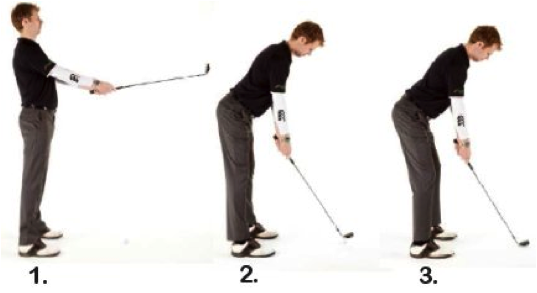
Although golf is a low-impact sport, it’s associated with a significant amount of injuries. Most golf-related injuries are a result of poor mechanics or overuse. The most commonly injured area is the lower back, followed by the trailing elbow, lead wrist and shoulder. If you are a right-handed golfer it would be your right elbow or left wrist or shoulder. The lumbar spine is particularly susceptible to injury, due to the forces up to 8 times one’s body weight created during each golf swing.
Poor mechanics can be caused by a multitude of factors, with many that can be addressed before a swing is even made. Research shows that most golfers who suffer from injuries demonstrate dysfunctional trunk and hip flexibility and inadequate core strength and endurance.
Whether you are currently in pain or just looking to improve your golf swing, physical therapy can help address poor mechanics that are due to deficits in trunk and hip flexibility and inadequate strength. Please contact Proactive Physical Therapy to be seen by a licensed physical therapist who can help address your current pain and assess your functional deficits that may be limiting your ability to golf.
Try these tips:
- Warm up
- Before you practice your swing or play a round warm up for at least 10 minutes, which should include getting your body temperature up with brisk walk or jog, stretches of the spine, hips, pelvis, shoulders and wrists.
- Correct your posture
- Stand with your feet shoulder width apart and knees slightly bent. Tilt forward from the hips and avoid hunching over the ball.
- Stay smooth and do not overswing
- The power in a golf swing comes from a smooth transition of forces from all muscle groups of the body. If you swing too hard or too fast you will lose power and be more susceptible to injury.

References:
McHardy A, Pollard H, Luo K. Golf injuries: a review of the literature. Sports Med. 2006;36(2):171-187
Hosea TM, Gatt CJ, Jr. Back pain in golf. Clin Sports Med. Jan 1996;15(1):37-53.

